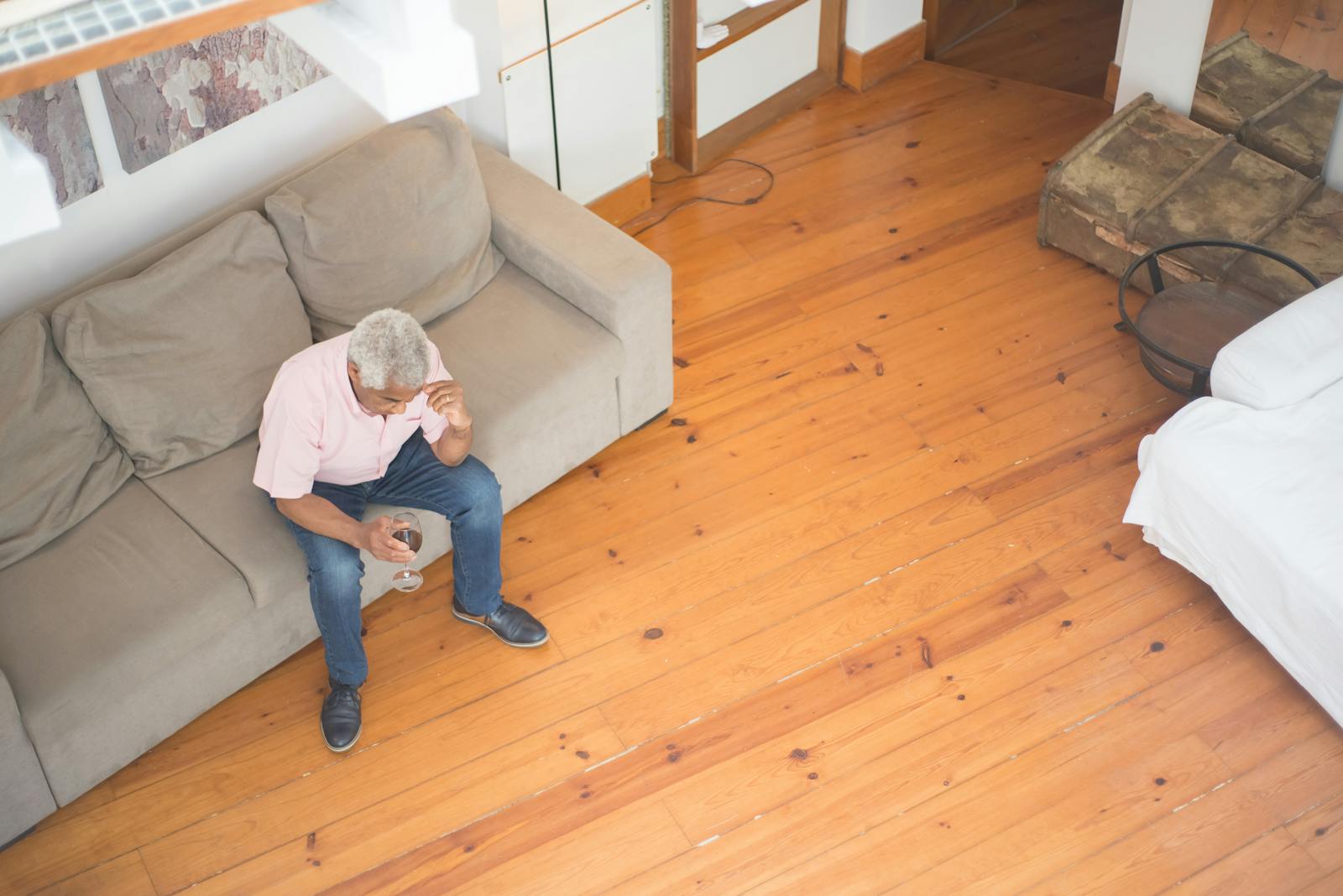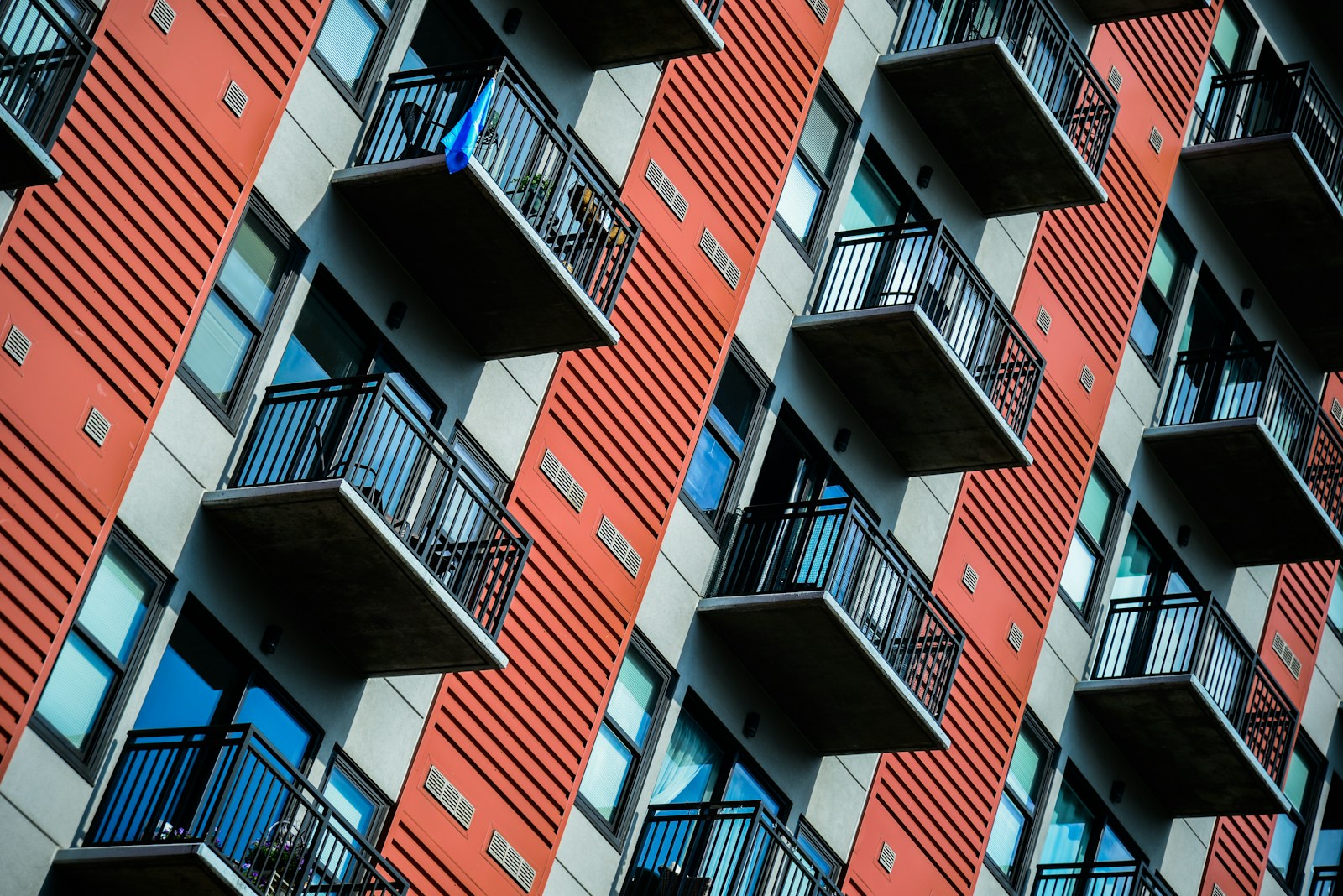Tips for Graffiti Prevention
To step up graffiti prevention efforts, consider the following:
1. Keep up the neighborhood
Make every effort to keep the appearance of a neighborhood clean and neat. Remove litter and trash, fix broken fences, trim landscape, and ensure all lighting is working properly. According to the Los Angeles Police Department, “an exterior appearance that suggests apathy and neglect attracts vandals.”
2. Remove graffiti promptly
Rapid removal of graffiti is an effective prevention tool. Data shows that removal within 24 to 48 hours results in a nearly zero rate of recurrence. Most Keep America Beautiful affiliates credit the reduction in graffiti in their communities to rapid removal.
3. Encourage citizen reporting
Educate the public about the impact of graffiti vandalism and provide a way for them to report graffiti. In many cities, an 800 number, a dedicated telephone line, or a web site is established for this purpose. Respond promptly to reports of graffiti vandalism.
4. Enforce anti-graffiti laws
Ensure that any existing anti-graffiti laws are being enforced. Law enforcement dedicated to tracking and apprehending graffiti vandals is a strong deterrent. A survey of arrested taggers found fear of getting caught was the top response when asked what would get them to stop tagging.
For a guide to developing local anti-graffiti laws, visit the National Council to Prevent Delinquency web site.
5. Educate Youth
Use the Graffiti Hurts curriculum and video to incorporate graffiti education and prevention into classroom activities, after school programs, and youth group activities. Keep Waco Beautiful, for example, has a mentoring program where high school students teach 4th and 5th graders about graffiti.
6. Use an “adopt-a-spot” program
A handful of communities provide citizen volunteers with graffiti cleanup kits to keep an area they have adopted graffiti free. These programs improve awareness and engage citizens in graffiti prevention. Get the contents of a graffiti cleanup kit.
7. Create a paint-brush mural
Use a community mural to restore a wall chronically hit with graffiti. Graffiti vandals rarely tag a paint-brush mural, and they are a great way to get the community involved in graffiti prevention. Murals can involve local artists, youth and community volunteers, and the local paint store, which may be willing to donate paint and brushes. Download a step-by-step guide for creating a mural.
8. Control Access
Make changes to build-in graffiti prevention:
* Incorporate natural deterrents, such as landscaping. Shrubs, thorny plants and vines will effectively restrict vandal access.
* Plan or add lighting to promote natural surveillance.
* Use fences, controlled entrance and exits, rails, and other barriers that discourage through traffic.
* Limit access to roofs by moving dumpsters away from walls and covering drainpipes to prevent vandals from scaling them.
* Use graffiti hoods to buffer freeway signs.
* Incorporate metal baffles on sign poles, similar to squirrel baffles on bird feeders.
9. Employ graffiti resistant surfaces
To vandal proof targeted areas use:
* Graffiti resistant materials or coatings. The city of Tucson, AZ, for example, requires that walls of new buildings be constructed of or painted with graffiti resistant materials.
* Sacrificial coatings, which allow graffiti to be washed off. Sacrificial coatings must be re-applied after each graffiti clean-up.
* Textured surfaces, which are less attractive to graffiti vandals.
* Dark colored or colorful surfaces; neither of these provide a good canvas for a graffiti vandal.
10. Monitor graffiti-prone locations
Get the support of law enforcement to step up police monitoring of locations that are frequently hit by graffiti. A few communities are using some type of security camera in areas that are frequently graffitied. Also consider organizing a Neighborhood Watch to keep an eye on targeted sites.
11. Employ curfews
A national survey of police agencies found that the vast majority felt curfews were an effective tool to control vandalism, graffiti, nighttime burglary, and car theft. Most jurisdictions with curfews had them in effect for several years. A survey of 800 cities conducted by the National League of Cities found curfews effective for curbing gang violence as well.
12. Provide alternatives
The Institute for Law and Justice, Inc. manual on safe neighborhoods suggests diverting graffiti criminals to positive alternatives. The effectiveness of this approach is largely undocumented, but consider some of the following to encourage youth in more positive directions:
* Youth Centers – A 2002 Colorado study recommends establishing centers for youth to gain leadership skills and to express themselves in a variety of ways. The centers teach responsibility and provide a safe place to have fun.
* Arts Programs – A 1999 U.S. Conference of Mayors study found that youth participating in arts programs exhibit improvements in academic performance, conflict resolution, team building and decreased frequency of delinquent behavior. Get a YouthARTS Tool Kit, developed through Americans for the Arts, and create an arts program to address youth crime.
* Community Programs – Community programs encourage youth to take control of their lives, make good choices, and provide a substitute for vandalism. Seattle Public Utilities has developed two such programs, ArtWorks and Panels for Progress.
* Youth Involvement – Involve youth and schools in graffiti prevention efforts, such as cleanups or mural projects. Keep Houston Beautiful initiated a mural series where they paired groups of neighborhood youth with professional artists to design and paint a mural on a chronically tagged wall.
What About Legal Walls?
Legal walls are largely ineffective as a deterrent or graffiti prevention device. Communities that have tried legal walls, or areas that permit graffiti, find them ineffective. Over a dozen cities in California, Illinois, and other states have all found them to be a failure.
Legal walls send a mixed message – sponsoring graffiti in an effort to rid a community of graffiti. Community records indicate they may work at first, but after a period of time, the surrounding areas also become covered with graffiti. Data also shows no decrease in arrests for graffiti in cities where there are legal walls.
About Graffiti Hurts
Graffiti Hurts® – Care for Your Community is aimed at educating individuals about the consequences of graffiti in their communities. The fact is, graffiti is harmful to everyone — homeowners, businesses, schools, and you.
Graffiti clean up alone costs the U.S. over $8 billion annually. And, research shows that graffiti results in more graffiti, vandalism, and crime in suburban and urban communities.
Through the Graffiti Hurts® kit of resources, communities can get educated about graffiti and build local partnerships to prevent and remove it.
We hope you will help keep our communities clean and explore positive ways for artistic expression that support individual talent and instill community pride.






